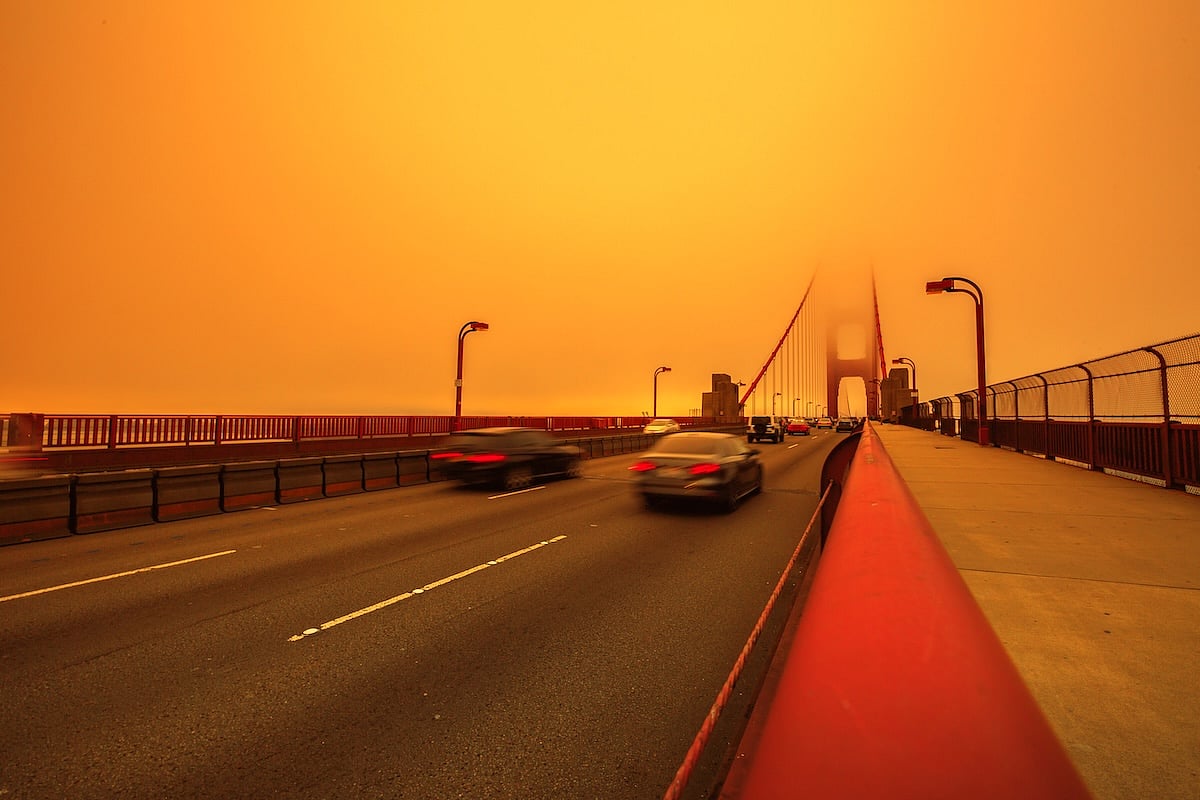Get Healthy!

- Posted September 27, 2025
Wildfires in Western U.S. Play a Role in Global Warming, Research Shows
Wildfires are an increasingly common feature of life in American West, and researchers are working overtime to understand how the resulting smoke affects air quality, human health and climate change.
"Wildfires do not emit ozone directly," Jan Mandel, a professor emeritus of mathematics at University of Colorado Denver, said in a news release. "Wildfire smoke contains chemical compounds that react with sunlight to produce ozone, often far from the fire itself."
In turn, that added ozone fuels global warming.
Mandel developed a computer model to gauge the air quality effects of large western wildfires that ripped across the West in 2020.
His work with researchers from University of Utah and San Jose State University in California is the centerpiece of a study being published in the November issue of the journal Atmospheric Environment.
Focusing on August 2020 wildfires that burned more than 1 million acres in northern California and dozens of smaller fires in Utah and Oregon that affected a combined 400,000 acres, they looked at ozone levels and air quality.
Hundreds of miles from the wildfires, in Colorado, residents grappled with smoke-filled skies and repeated air quality and pollution alerts.
But the impact didn’t end there, the study found.
Not only did these large wildfires pump a large amount of ozone into the air, affecting people’s lungs far from the fire zone, they also added to climate change.
For the study, Mandel worked with Derek Mallia of the University of Utah and Adam Kochanski of San Jose State University to model the extent to which wildfire chemical emissions wound up in the atmosphere.
The takeaway: On average, wildfire smoke pumps up ozone concentrations by 21 parts per billion (ppb).
On top of already high ozone levels in the West, that pushes levels over the U.S. Environmental Protection Agency’s 70-ppb health standard.
Exposure to high levels of ozone can cause a variety of symptoms, ranging from coughing to lung and heart disease, and even premature death.
"Major wildfire events, such as the August 2020 episode, are likely to become more common in the coming decades due to increasing aridity driven by climate change," Mandel’s team wrote.
"Thus, improving air quality across the western U.S. during the summer remains challenging," the study added.
The results suggest that future reductions in pollution levels may not be enough to offset the effects of major wildfire smoke, especially in summer months.
Major fires can emit as much nitric oxide as all other human-caused sources across the western U.S., the study pointed out. Wildfire smoke also contains fine particulate matter that poses significant health hazards.
"Given the complexity of the underlying physical and chemical processes governing smoke plume transport and chemistry, more research is needed to better understand how wildfires impact the … distribution of ozone," the study concluded.
More information
The National Interagency Fire Center has a wildfire tracker and fire prevention resources.
SOURCES: University of Colorado, Denver, news release, Sept. 19, 2025; Atmospheric Environment, November 2025.







